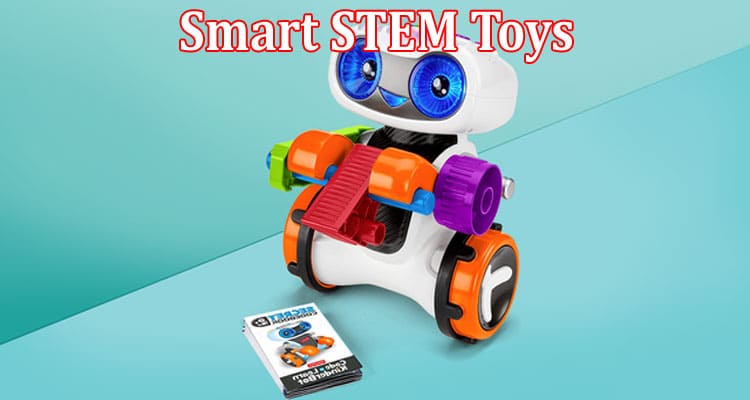What is STEM? What Does it Stand For?
STEM toys have emerged as a result of the union between education and the toy industry. Remember the game of rolling the dice? We played the game as youngsters not only for fun but also to learn counting and addition. Was any learning planned? No.
On the other hand, this is a prime example of learning and having fun. STEM toys take advantage of this aspect of collaborative learning. Let’s understand this briefly in this post. But first, let’s have a quick discussion on STEM.
What is STEM?
STEM refers to four overlapping subject areas: science, technology, engineering, and mathematics. The abbreviation is often used to express the educational strategy that integrates the disciplines into a single structured program. STEM education is “an experiential learning approach in which the application of skills and knowledge is linked through in-context projects or issues focused on learning goals connected to the development of crucial college and career-ready skills.” Its purpose is to help students to build science-based abilities and frameworks that will enable them to analyze complex situations, express arguments and understandings, and engage in a technologically oriented society.
STEM Toys For Kids
The concept behind STEM education is evident. Every child’s ears brighten up when they listen to the term “Do It Yourself.” A child would never pass up the opportunity to make a spectacular mess. Messes are great; besides, as the parents, you have to clean them up afterwards. So, what can parents do to assist their children in preparing for success in a STEM-dominated workforce? Some researchers claim that using educational toys to boost traditional classroom lectures increases interest, motivation, and engagement and improves higher-order logical reasoning skills.
In a world where automation has taken over many tasks, kids learn how to train and control those machines. They knew very early on that Artificial Intelligence is about teaching a robot to accomplish activities that a human would usually do. Students are trained in machine learning, a sort of AI that detects patterns in data and generates predictions depending on those patterns through a collection of tasks and projects. Kids get more attracted to STEM toys to engage in learning and fun activities.
How Can STEM Toys Help?
STEM toys are new and innovative methods to help your child with STEM education. It’s difficult to argue that the abilities that STEM toys target to develop—creativity, reasoning, problem-solving, testing, and collaboration—will help your child excel in all types of academic and professional interests in STEM and beyond. STEM toys are unlikely to transform a hesitant child into a little engineer, scientist, or programmer. However, regardless of where your child’s interests take them, the skills STEM toys provide—creativity, critical thinking, cooperation, communication, and confidence—will serve her well throughout her education and eventual job.
They organically choose toys that help children learn, and their brains are designed to quickly extract data about the world from every toy or game they play with. As a parent, one of the essential things you can do for your child’s developing brain is to encourage lots of play. Understanding that every task and problem they have to solve during play is helping them in creating valuable abilities that will help them become a more successful person.
Problem-solving becomes exciting.
Have you ever noticed a child staring at a DIY kit? The hundreds of tiny pieces appear to be a mountain for a while. As the little pieces begin to take shape, they are no longer a mountain but a child’s play. The child attempts to solve the kit with curious eyes. Yes, they may fail a few times, but giving it up is never an option for an interested child.
The best part about STEM toys is the way the learning process is hidden. The child is never forced to learn but instead learns with a desire to solve problems. And by the time the kit is finished, the child has developed problem-solving skills. Soft skills, such as problem-solving, are in high demand in today’s environment. So, put the money into STEM toys and watch your child reap the benefits.
Conclusion
Educational toys for children should not be overlooked. A lot could be said about eight-year-old children based on their favourite activities. Prepare your children for some fun learning opportunities! We have a comprehensive collection of STEM toys for kids that you can buy depending on your child’s interests.




